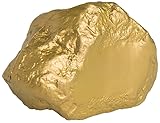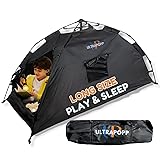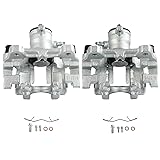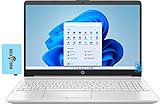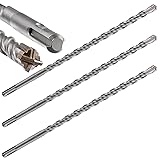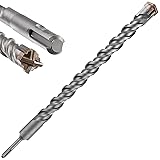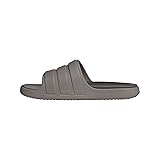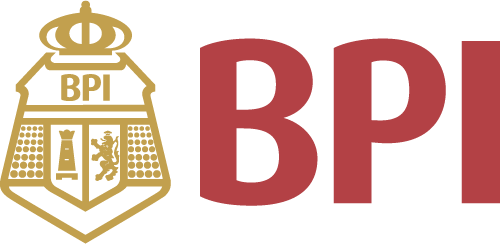All Categories
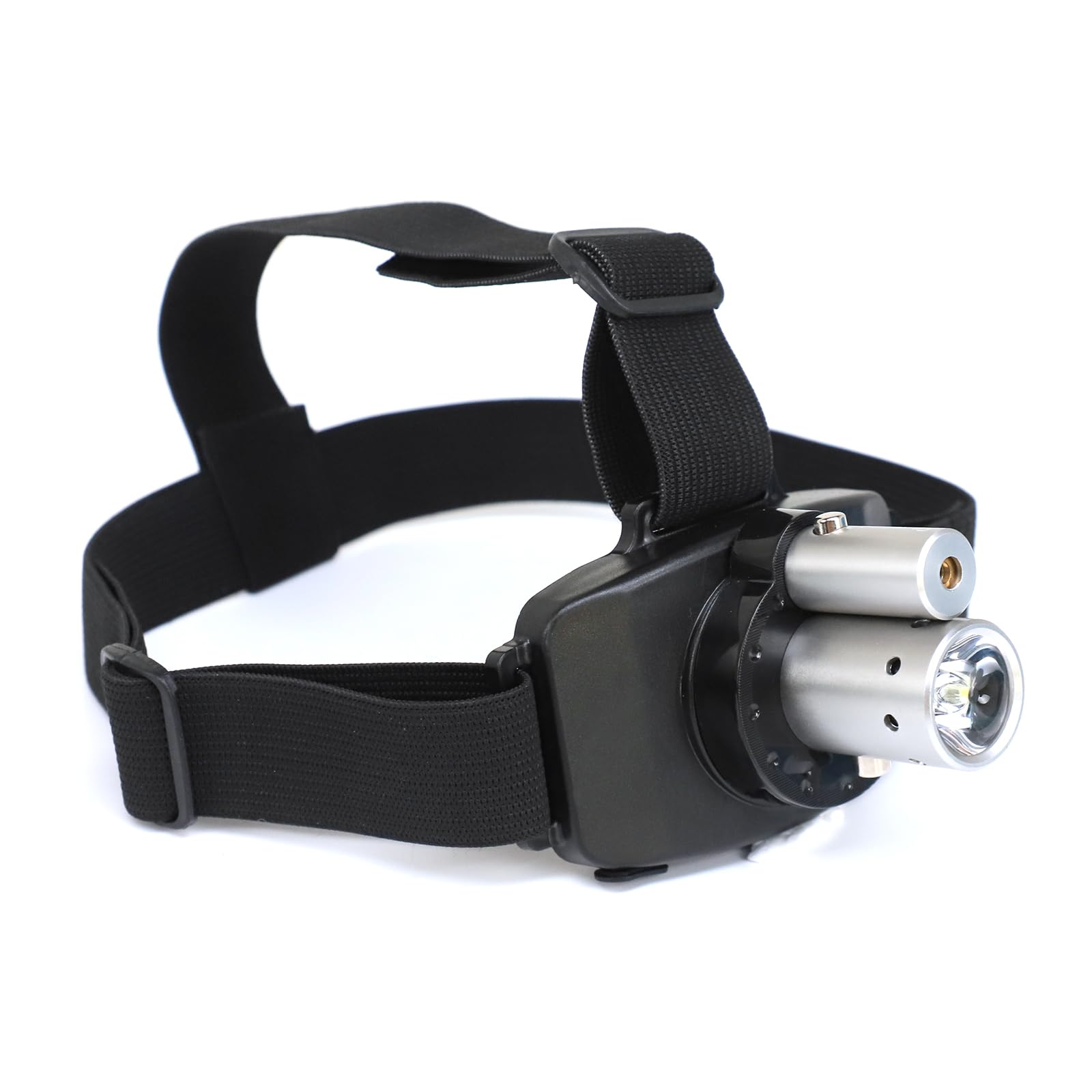









lewitools 2025 New Adjustable Headlamp for Sensory - Motor Training | Featuring Carlo Rinaudo - Inspired Concepts | Motion Control Exercise for Home and Training Use
Share Tweet
Get it between 2025-10-28 to 2025-11-04. Additional 3 business days for provincial shipping.
*Price and Stocks may change without prior notice
*Packaging of actual item may differ from photo shown
- Electrical items MAY be 110 volts.
- 7 Day Return Policy
- All products are genuine and original
- Cash On Delivery/Cash Upon Pickup Available

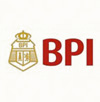






lewitools 2025 New Adjustable Headlamp for Sensory Features
-
【Diagnosis of Nervous System Diseases】: It is used to detect nervous system diseases such as Parkinson's disease and stroke. For example, patients with Parkinson's disease may show manifestations such as slowness of limb movement and poor coordination during sensorimotor control testing, which helps doctors make judgments about the condition.
-
【Auxiliary Diagnosis of Mental Illnesses】: It also plays a certain role in the diagnosis of mental illnesses such as schizophrenia. Some patients with schizophrenia may have dysfunctions in sensorimotor integration, and relevant tests can provide a reference basis for diagnosis.
-
【Assessment of Childhood Developmental Disorders】: It is of great significance for the assessment of childhood developmental disorders such as cerebral palsy and autism. For instance, children with cerebral palsy often show situations like delayed motor development and abnormal muscle tone in sensorimotor control testing, which is helpful for doctors to accurately determine the condition and formulate rehabilitation plans.
-
【Formulating Rehabilitation Plans】: A comprehensive understanding of the patient's impaired sensorimotor function can be obtained through the tests, providing a basis for rehabilitation therapists to formulate personalized rehabilitation plans. For example, for patients with upper limb motor function impairment caused by brain injury, the specific training methods and intensity are determined according to the test results.
-
【Evaluating the Effect of Rehabilitation】: During the rehabilitation treatment process, conducting sensorimotor control tests regularly can directly reflect the patient's rehabilitation progress. For example, after a period of rehabilitation training, if the patient's indicators such as movement accuracy and reaction speed in the test improve, it indicates that the rehabilitation treatment is effective, and the treatment plan can be adjusted accordingly.
-
【Analysis of Motor Skills】: In sports science research, it is used to analyze athletes' motor skills, helping coaches and athletes understand the advantages and disadvantages of their sports performance. For example, through the sensorimotor control testing of basketball players, the reaction time, limb coordination, etc. during actions such as rapid changes of direction and shooting are analyzed, providing a basis for optimizing training methods.
-
【Athlete Selection】: In the process of athlete selection, sensorimotor control testing can serve as an important reference indicator. Teenagers with good sensorimotor control ability are selected as potential athlete candidates. For example, in the selection of table tennis players, candidates with quick reaction and strong hand-eye coordination ability are screened out through relevant tests.
-
【Preventing Sports Injuries】: Weak links in athletes' sensorimotor control can be discovered through testing, and targeted training plans can be formulated in advance to prevent sports injuries. For example, in the balance and proprioception testing of football players, for those with balance problems, balance training is strengthened to reduce the risk of injury due to loss of balance during the game.



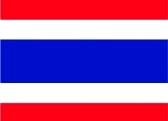
 (1)
(1)

